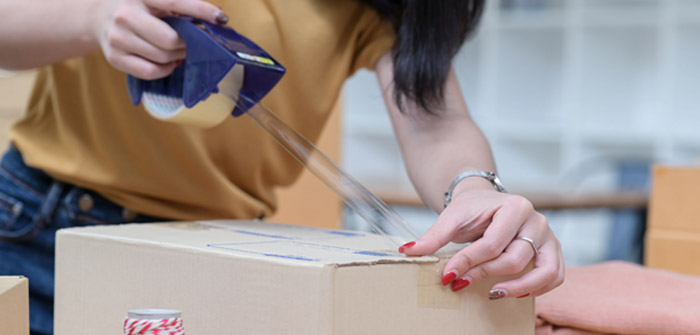In retail and manufacturing, damaged goods can be a significant challenge, leading to financial losses and negatively impacting brand reputation. However, there is hope in the form of effective repacking solutions. By implementing innovative and strategic approaches, businesses can revive damaged goods, turning what would have been a loss into a profitable opportunity. This article will explore the techniques and strategies employed to breathe new life into damaged goods through efficient repacking. From creative design solutions to sustainable packaging options, we will explore how businesses can salvage and revitalise their products, ultimately enhancing customer satisfaction and maximising profitability. Join us as we uncover the keys to successful repacking and learn how to turn setbacks into successes in retail and manufacturing.
Essentials of Salvaging Products
Solutions for reviving damaged goods through effective repacking are essential for businesses looking to minimise financial losses and maintain a positive brand reputation. One method for assessing and repairing package damage is through creative design solutions that address the physical damage and enhance the overall packaging aesthetics. By utilising innovative packaging materials and techniques, businesses can restore the value of damaged goods and attract consumers with visually appealing packaging.
Another key aspect of salvaging products is implementing sustainable packaging practices. By incorporating eco-friendly materials and reducing waste, businesses can save money on repacking costs and appeal to environmentally-conscious consumers. Additionally, adopting efficient repacking methods can help businesses streamline their operations and reduce turnaround times, allowing them to quickly return salvaged products to market. By prioritising effective repacking solutions, businesses can transform damaged goods into profitable opportunities and strengthen their competitive edge in the market.
Choosing the Right Packaging for Repairs
Choosing the right packaging for repairs is crucial in effectively reviving damaged goods. It is important to consider not only the aesthetic appeal of the packaging but also its functionality and durability. For instance, if the damaged goods require delicate handling, opting for protective packaging materials such as bubble wrap or foam inserts can help prevent further damage during transportation or storage. Additionally, selecting environmentally friendly packaging materials can enhance brand reputation and appeal to consumers prioritising sustainability.
When it comes to repacking damaged goods, businesses should also consider the cost-effectiveness of the packaging solutions. This includes evaluating the overall packaging costs and assessing whether the chosen materials and design will help minimise expenses while providing adequate protection for the goods. By choosing packaging materials that are both cost-effective and durable, businesses can achieve a balance between reviving damaged goods and maintaining profitability. Overall, selecting the right packaging for repairs requires careful consideration of functionality, sustainability, and cost-effectiveness to ensure a successful repacking strategy.
Sustainability in Repacking
There are numerous ways in which businesses can not only salvage damaged goods but also contribute to sustainability efforts. By embracing sustainable packaging practices, businesses can reduce their carbon footprint and minimise waste, ultimately leading to a more environmentally friendly operation.
One key aspect of sustainability in repacking is using recyclable and biodegradable materials. Businesses can minimise their environmental impact and promote a more circular economy by opting for packaging materials that can be easily recycled or broken down naturally. Additionally, reusing packaging materials whenever possible can help reduce waste and conserve valuable resources, further supporting sustainability goals.
Incorporating sustainability into repacking strategies benefits the environment and enhances brand reputation. Consumers are increasingly conscious of the environmental impact of their purchasing decisions, and businesses that prioritise sustainability are more likely to attract and retain customers. By demonstrating a commitment to sustainability through innovative repacking solutions, businesses can differentiate themselves in the market and build a loyal customer base that values eco-friendly practices.




